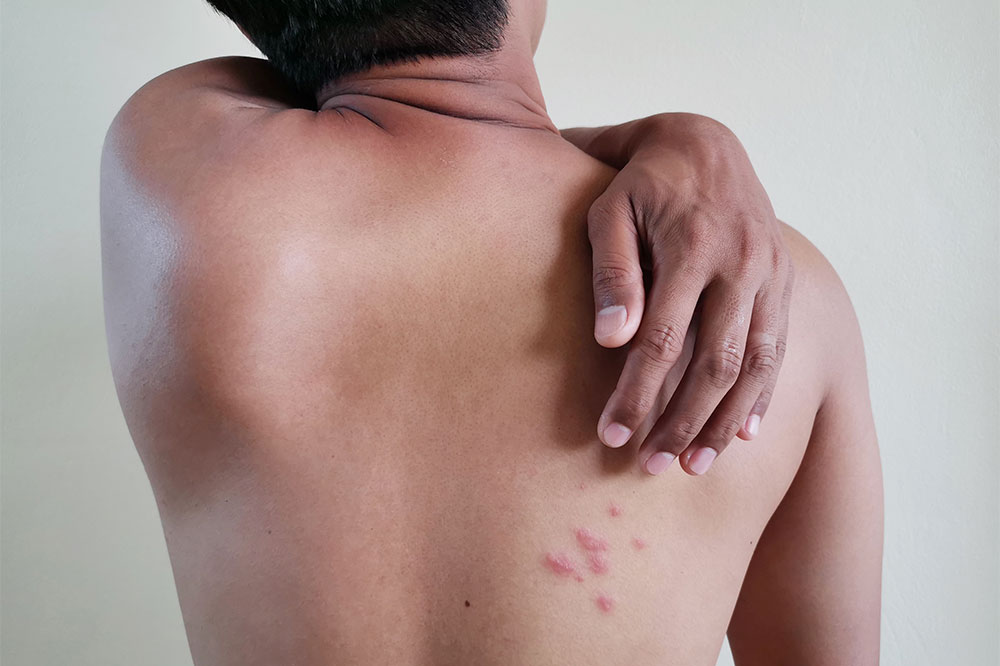What You Need to Know About Shingles: Causes and Symptoms
Shingles is a painful viral infection caused by reactivation of the dormant varicella-zoster virus. Recognizable by skin blisters and symptoms like pain and rash, early diagnosis is key. Risk factors include weakened immunity and age. Seek medical advice for proper care and treatment.

Shingles, medically known as herpes zoster, is a viral condition marked by painful skin blisters. It commonly starts with a distinctive band of blisters along the torso but can occur anywhere on the body. This illness is linked to the same virus responsible for chickenpox, the varicella-zoster virus. Initial signs often include localized pain, tingling, sensitivity, and burning sensations, typically on one side of the body. Other symptoms may involve rashes, itching, fever, fatigue, headaches, and light sensitivity. Early detection is crucial for effective treatment.
While the exact cause remains unclear, shingles results from the reactivation of dormant varicella-zoster virus in nerve tissues after chickenpox recovery. Factors such as weakened immune function can increase the likelihood of reactivation. Older adults and immunocompromised individuals should remain vigilant for symptoms for timely management.
Note: This article provides general health information but does not substitute professional medical advice. Consult healthcare professionals for diagnosis and personalized treatment options.


